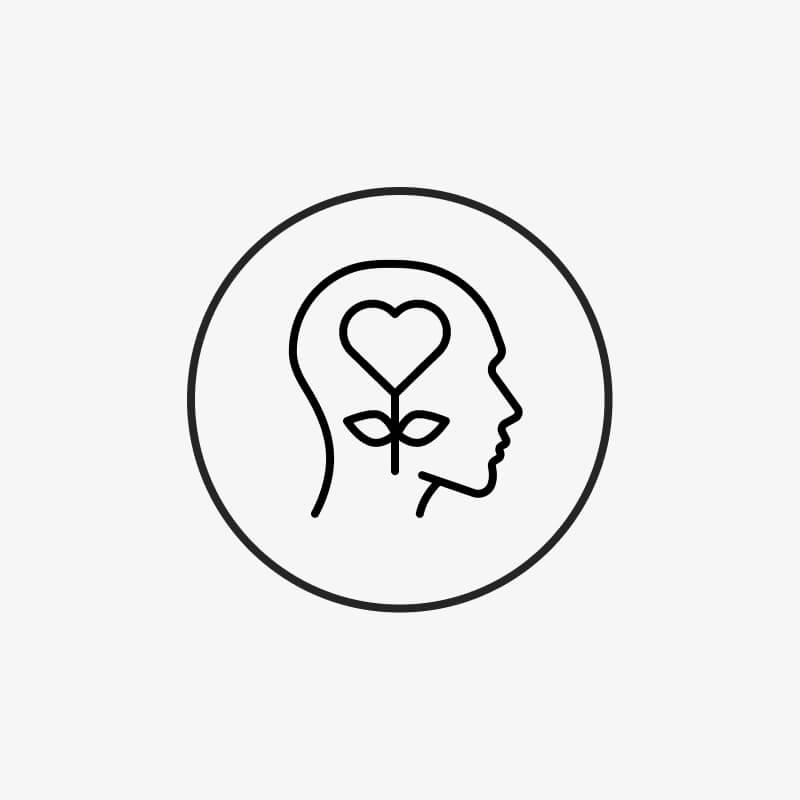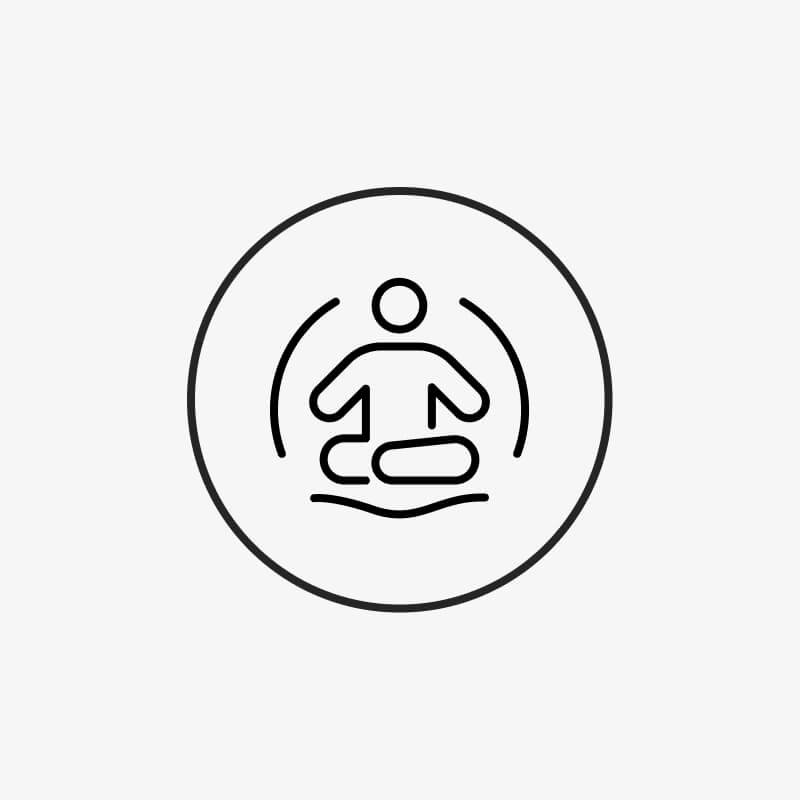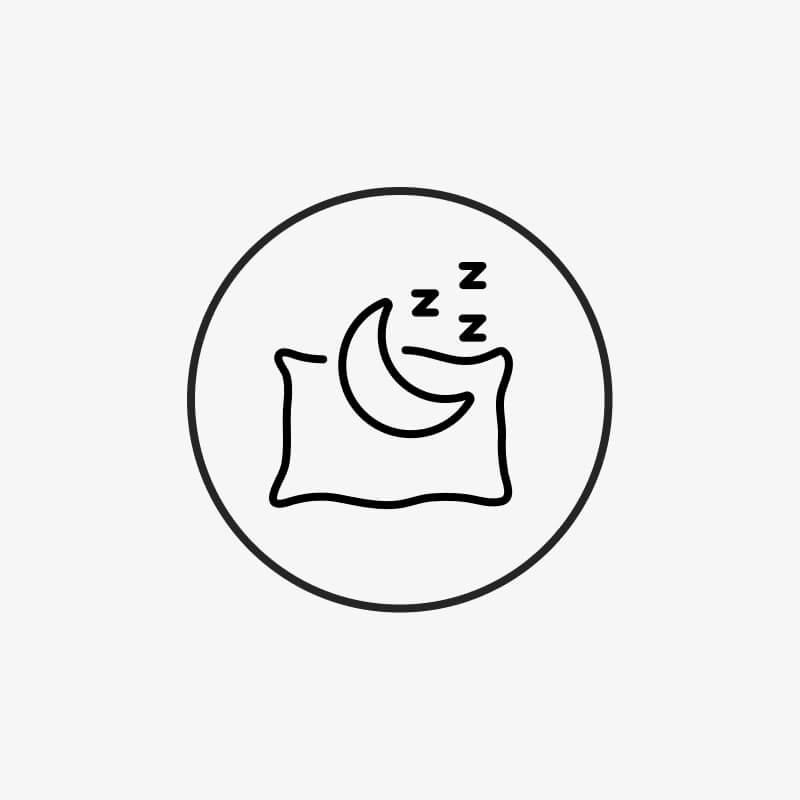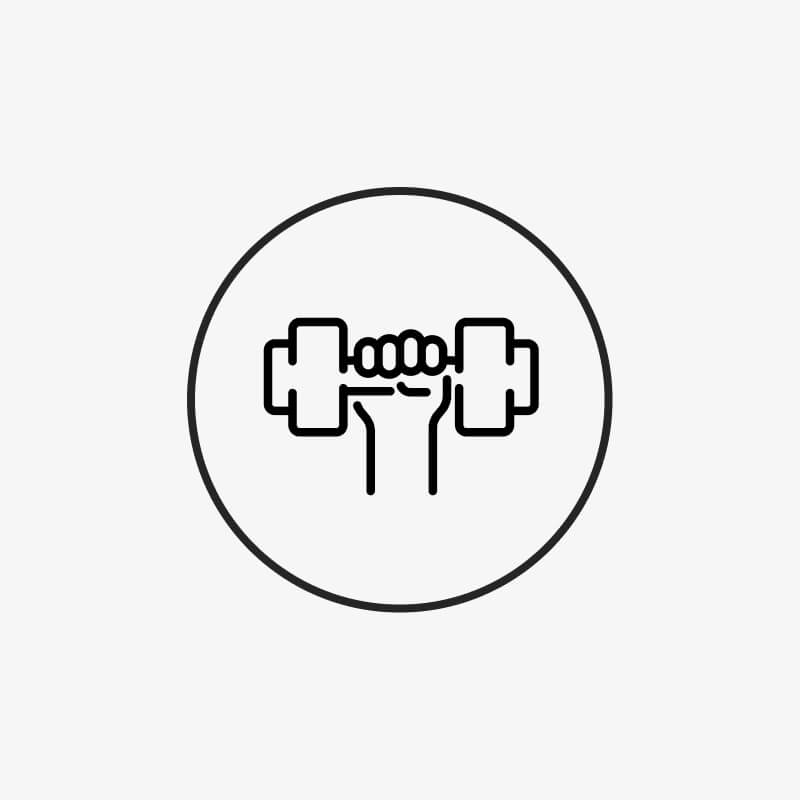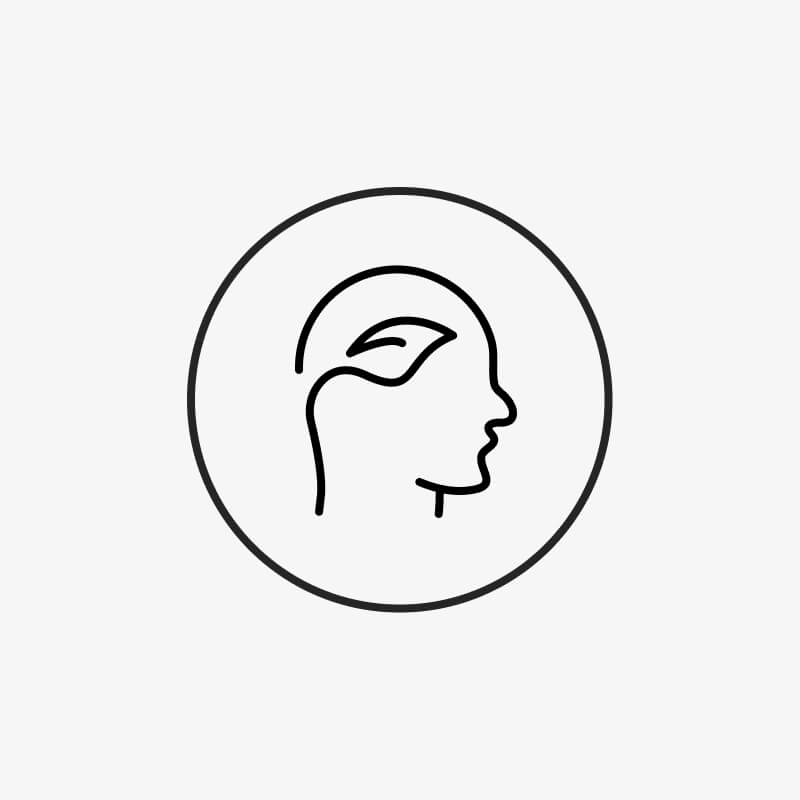Charging your own batteries
To reach our full potential every day, we need to regularly replenish our energy reserves. A weak battery can only provide so much energy. Would you only charge your phone's battery halfway and then expect it to last the same amount of time? This seems immediately logical for your phone. But in the long run, it's the same for you. If you don't create moments where you can relax, you'll gradually run out of energy.
Unfortunately, many still believe that success comes automatically as soon as you work long and hard enough. This works well until overwork and exhaustion set in. Demotivated, they drop everything, and some even experience burnout. Stress-related illnesses such as heart attacks and strokes are becoming increasingly common among relatively young people.
Therefore, you should ensure a well-balanced alternation of tension and relaxation. This doesn't mean powering through five weeks and then using your last bit of strength to escape to vacation, but rather maintaining a healthy balance in your daily routine and incorporating short breaks. Only when your body can recover properly after strenuous work will you enjoy your work in the long term and remain creative, resilient, and refreshed.
What exactly is relaxation?
As already mentioned, your body and mind can only perform at their best in the long run if you create space for rest and relaxation . Chronic overexertion also weakens your immune system in the long run. However, if you alternate between periods of tension and relaxation, your body stays healthy and you are less susceptible to illness. When you properly relax, a feeling of serenity sets in, the stress of everyday life subsides, and your body and mind can recover.
Physiologically speaking, during relaxation, fewer impulses flow from the brain to the muscles. Your heart and breathing rate, as well as muscle tone, slow down, and your blood pressure drops. The sensitivity of the muscle spindles, which are responsible for muscle tension and relaxation, also changes. As the breathing rate decreases, so does the oxygen demand, and the blood vessels dilate, thereby increasing overall blood flow. Brain waves change in the brain, and various waves, such as alpha and theta waves, can be measured. These waves are usually only measured shortly before falling asleep or during the dream phase of sleep.
It's no wonder, then, that active relaxation helps with various types of pain, such as headaches and backaches. But how do you actually relax properly? If you try to truly relax, you'll find it's not that easy. Unfortunately, these days, relaxation is far too often confused with distraction, and before you know it, the TV is on, or stress is drowned in alcohol. As soon as the TV is off, the stressors are back, because distraction hardly has a lasting effect. Below, we want to show you relaxation techniques during and after work so that you can become more productive and better in the long run!

Situational relaxation exercises at work
Short breaks during work have a remarkable effect on your productivity. Experts therefore recommend taking a conscious five- to ten-minute break several times a day. You should really use these short breaks to recover. Sitting down at your desk with a coffee and checking emails won't help you relax. Depending on how you work or what your office culture allows, you can either get up for a moment, stretch, or get some fresh air. Even while sitting, you can lean back, stretch, and close your eyes, although experts definitely recommend taking short exercise breaks more often while working.
Taking a break isn't easy, especially during stressful times, but if you keep in mind that you'll be significantly more productive and efficient afterward, it'll certainly be easier to take a short break. Professor Anders Ericsson of Florida State University was able to prove that individual, highly concentrated work sessions of approximately 90 minutes followed by short breaks for relaxation allow us to work most effectively.
Listen to music
The right music blocks out the surroundings and can help you focus better on your work. However, not all music is suitable for work.
Stretching through
If we spend a lot of time working on the computer, it's only a matter of time before we develop cramps and become unfocused. One antidote is extended stretching. During this short break, stand up, shake out your legs, stretch your arms in the air, and breathe deeply. This will loosen tension, stimulate circulation, and ensure that your brain is supplied with oxygen again. Studies have even shown that extended stretching, usually for about five minutes, can replace up to an hour of sleep!
Walks during lunch break
Fresh air is good for you! Use your lunch break to take a short walk, because sitting rigidly in the long run not only makes you tired but also demonstrably reduces concentration. Therefore, it's recommended to take a short walk at least once a day. The exercise boosts your circulation, and the change of scenery refreshes you and your mind.
Progressive muscle relaxation
The method was developed by the Swede Edmund Jacobson. Individual muscle groups are tensed one after the other and then abruptly released. This allows the body to completely relax within a few minutes. You can start with either the toes or the fingers. The procedure is as follows, starting with the feet: Clench your toes with all your strength for about four seconds, then suddenly release the pressure. While you pause briefly, try to feel the warmth rising to the tips of your feet. Then, starting with the heel, work upwards, one muscle group at a time. You'll start to feel the effects pretty quickly, but it takes some practice to fully benefit from them. This exercise improves your body awareness, and the deep relaxation of the muscles has a calming effect on the autonomic nervous system, which is responsible for subconscious processes such as digestion or heart rate.
breathing exercises
Targeted breathing exercises can release tension and induce a state of relaxation. If you find it uncomfortable, you can even perform them while sitting, although they are somewhat more effective when standing. Stand or sit upright and keep your shoulders straight. Now try to breathe only through your nose and into your stomach – without lifting your chest. Breathe slowly and deeply using the 4-6-8 method: Inhale, count to four, hold your breath, count to six, exhale slowly through your mouth, and count to eight. It's best to repeat this five times. You'll see that, with correct practice, a pleasant feeling of relaxation will develop!
Relaxation exercises for mental regeneration after work
Now that we've shown you some techniques for specifically relaxing while working, we'd like to show you methods and activities you can incorporate into your daily routine. This will help you achieve long-term relaxation and, at the same time, become more resilient to stress.
sport
Exercise, exercise, exercise, and more exercise... It's one of the best-known and simplest ways to combat stress and achieve long-term relaxation. Whether you're running through the park early in the morning or lifting weights at the gym, exercise has many positive effects on your body and mind. In this article , we explain the short- and long-term effects exercise has on your brain. Exercise increases your well-being and reduces stress, that's for sure!

meditation
For a long time, meditation was considered Far Eastern hocus-pocus and rarely practiced. But more and more people are discovering the truly positive effects that daily meditation can have. These effects include increased alertness, improved concentration, and inner balance. In the long term, in addition to a blood pressure-lowering effect, changes in the brain have even been shown, particularly in the prefrontal cortex, which influences memory and emotions. The traditional way to begin meditation consists of five steps.
- 1. Get into the right position. Either sit upright in bed, or find a spot where you feel comfortable and have enough space. The ideal position is the lotus position, as it allows you to remain in one position for a long time without strain. Start with 5 minutes of meditation. Ideally, do it immediately after waking up on an empty stomach.
- 2. After you have positioned yourself comfortably, close your eyes and concentrate on your breathing – try to take small, calm breaths.
- 3. With each exhalation, try to relax a little more.
- 4. As soon as any thoughts arise, let them disappear.
- 5. As soon as you get too distracted, refocus on your breathing. Some people also use a mantra that they repeat over and over again. This can be a specific word or a sequence of numbers (like 1, 2, 3, 4).
These five steps represent the traditional way to gradually calm your mind through consistent practice. It's very difficult at first, but with a little discipline, you'll notice noticeable changes after a short time—some say as little as five days. There are also a growing number of technical methods that use special sound frequencies to promote states of relaxation and allow for deep meditation. Special breathing exercises for the brain also make it easier to cope with stress and unwind.
Enough sleep
Most people underestimate the importance of getting enough sleep, but it's one of the main factors preventing us from reaching our full potential during the day. Adults are advised to sleep between 7 and 9 hours. In reality, however, very few people sleep that long. This is fatal because a lack of sleep has strong, negative long-term effects on your body. Too little sleep, for example, causes your appetite hormones to become unbalanced. The level of the satiety hormone leptin gradually decreases, while that of the appetite hormone ghrelin increases. In addition to the resulting weight gain, constant sleep deprivation can increase the risk of heart disease or depression. This makes sleep all the more important because what we learn is only consolidated and stored in our long-term memory while we sleep. In addition, stress is reduced, and the body regenerates muscles, the immune system, and other cells. Athletes, in particular, should ensure they get enough sleep, as muscles are built during sleep.
Floating
Floating is a relaxation technique in which you float weightlessly on the surface of the water in a special floating system, isolated from external stimuli, using concentrated salt water. Because the water is adjusted to the external skin temperature of 34.8°C, you feel neither cold nor heat. By minimizing almost all stimuli, such as gravity, temperature, light, sight, hearing, and touch, it is possible to enter a state of deep relaxation. The positive effects, confirmed by various studies, range from relieving pressure on the spine, muscles, and joints to increasing concentration, creativity, and productivity.
Conclusion
Of course, you don't have to incorporate all of these points into your daily routine, and different methods will be easier or more difficult for everyone. However, if you manage to figure out which exercises and methods work best for you, you can surpass yourself in the long run. One final important point that you should never underestimate is a healthy, balanced diet to ensure your body receives all the essential nutrients it needs for optimal performance.











